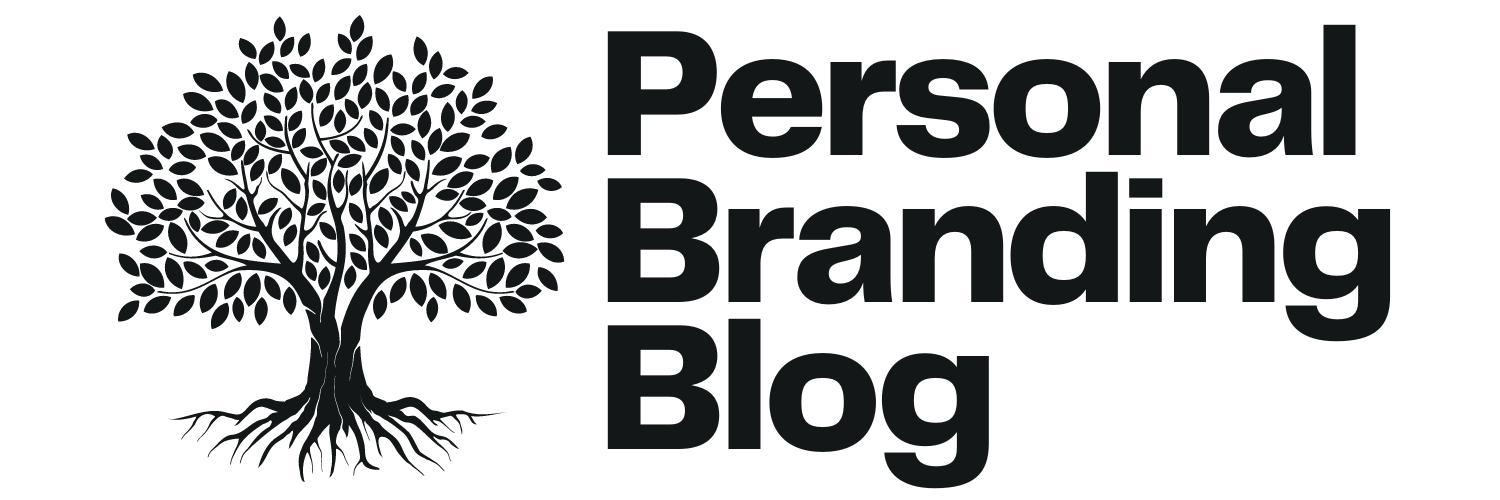I remember the first time I tried to explain a research finding to a group of friends. I rattled off a bunch of statistics, feeling proud of how knowledgeable I sounded.
Their eyes glazed over faster than I could finish my sentence. It wasn’t that they disagreed with the information; they just couldn’t connect with the raw data.
Over time, I discovered that when we weave facts into a story, people lean in instead of checking out.
There’s a magnetic quality to storytelling—it helps us connect dots that might otherwise remain isolated.
Suddenly, numbers and figures become more than distant metrics; they represent challenges, triumphs, and real human experiences.
A compelling story can shift someone’s entire perspective. Which is why, these days, I focus less on showing off how much I know and more on how I can make those insights truly resonate.
Below, I’ll share the approaches I use to transform data into stories people actually want to hear.
Recognize the human element
Any time I try to share data—whether it’s a study from a psychology journal or the outcome of my own personal experimentation—I remind myself to highlight the people behind the numbers.
It’s easy to forget that each data point represents a person’s journey, a group’s struggle, or a community’s hope.
By putting a human face on data, I ground the conversation in authenticity.
When I first started writing professionally, I treated statistics like shiny objects that would dazzle everyone. It never occurred to me that facts alone seldom move hearts.
Once I began describing the real situations behind the numbers—like an overworked athlete trying to fine-tune performance metrics—something remarkable happened.
People stopped seeing data as cold and started seeing it as part of a lived experience.
Focus on emotions over statistics
I know the value of evidence in a world full of half-truths and clickbait.
But as this Harvard Business Review article discusses, people rarely make big decisions based solely on facts.
The reality is, emotions drive actions.
When I communicate complex ideas, I always ask myself: What emotion am I hoping to inspire? Is it empathy, curiosity, determination, or maybe relief?
- 7 traits of strong women who create their own happiness, according to psychology - Global English Editing
- 3 Zodiac signs who trust their intuition more than logic—and are usually right - Parent From Heart
- 9 clever phrases to put a female manipulator back in her place, according to psychology - Global English Editing
When we craft stories that tap into a shared feeling, the data becomes a supporting player rather than the star of the show.
One time, I tried sharing a study about stress levels in high-pressure jobs, but I started by describing the nerves I felt waking up at 4 a.m. before an early training session.
That small emotional entry point helped my audience see themselves in the narrative.
By the time I mentioned the study’s data, they were already relating to the tension in their own lives.
Use a relatable structure
Stories work best when they flow in a way our minds can easily follow:
- A beginning that sets the scene
- A middle that introduces challenge or conflict
- An ending that either resolves the problem or shows us a path forward
This structure is timeless because it mirrors the arc of our own real-life experiences.
I’ll often start by describing a scenario—maybe a time when I was juggling too many projects at once, trying to gather facts and figures for clients while neglecting my own mental well-being.
Then I move into the climax, discussing the frustration or burnout I faced.
Finally, I resolve the tension by sharing a personal discovery or a new strategy that emerged from all that chaos.
When I show how data played a role in guiding my next steps, the numbers become an integral part of the story.
Incorporate personal experiences
I used to shy away from talking about myself too much, worried that it would sound self-centered.
But I’ve learned that a sprinkle of personal anecdotes can turn a flat presentation into a rich conversation.
Personal experiences reveal why a piece of information matters. They transform a generic statistic into a tangible life lesson.
Back when I was training intensively, I measured every possible metric: heart rate, sleep quality, and caloric intake.
At first, these numbers were dull points on a spreadsheet.
Yet once I added my own observations—how I felt each morning, what fueled my mood, how injuries impacted my mental state—I discovered a narrative that people could latch onto.
They saw my journey unfolding in real time, and the data became part of a human story rather than just a set of numbers.
Make it actionable and memorable
One thing I’ve picked up from James Clear’s approach to habit-building is that people want practical takeaways.
So whenever I share a data-driven insight, I try to pair it with an action step or a personal reflection question. How can someone use this insight in their daily routine, career, or relationships?
I find that remembering a story is easier than recalling random bits of information.
I’ll often wrap up my stories with a simple challenge—like “Try tracking one small habit for a week,” or “Share your most surprising daily metric with a friend.”
These clear actions give the data a purpose in someone’s real life. When we provide a pathway for using the information, we turn passive listeners into active participants.
Connect data to broader themes
A powerful narrative doesn’t just stand alone; it ties into universal themes like growth, struggle, triumph, or transformation.
Research shows that our brains light up when we see patterns that resonate deeply with our personal experiences.
So when I’m crafting a story, I look for angles that reflect universal human truths.
For example, if I’m sharing data about burnout, I might connect it to the broader theme of overcommitment and the constant push for productivity.
Instead of just citing a percentage, I’ll explore what that burnout feels like—physically, mentally, and emotionally—and how it reflects our collective need for balance.
By anchoring data in timeless themes, I make it easier for readers to see how the story applies to their own lives.
Embrace imperfection in your narrative
Sometimes we’re tempted to present data like it’s the final word on a subject, hoping it makes us sound authoritative.
But stories gain depth when we share the messy bits, too.
If my own experience has taught me anything, it’s that real-world data is rarely neat and tidy. There are always outliers, anomalies, and unexpected twists.
For example, when I started opening up about the times my predictions failed or when I misread the numbers, I gained more trust from my audience.
People want to know how you overcame a stumbling block or learned from a miscalculation.
It shows that we’re all on a learning curve, and it reminds everyone that data is a guide, not an ultimate verdict.
A little vulnerability can bring a statistic to life in a way nothing else can.
Conclusion
Data, by itself, often slips right past our attention. When it’s elevated through a meaningful narrative, it becomes a powerful catalyst for understanding and change.
I’ve seen firsthand how weaving facts into a story brings clarity, empathy, and a sense of shared experience.
It’s fascinating how a single piece of research can create a ripple effect if it’s framed in a way that resonates with human emotions.
By recognizing the people behind the numbers, structuring your information in a relatable arc, and tying everything together with purposeful action steps, you can make even the most complex data feel accessible.
You’ll grab attention in a way that raw figures alone rarely can.
I hope the insights I’ve shared here will help you do the same, so your data-driven ideas can truly connect with those who need them most.









